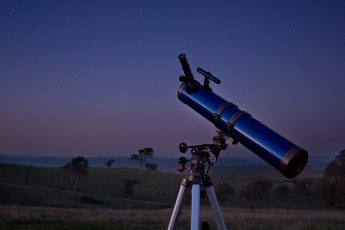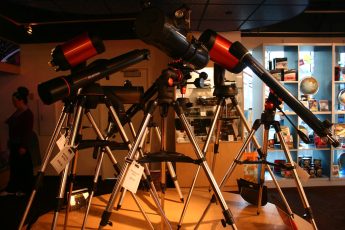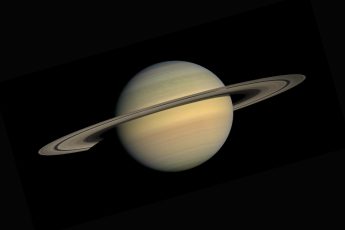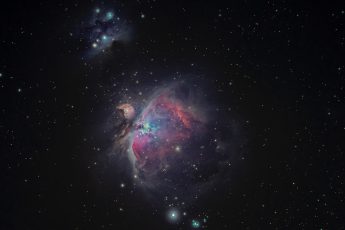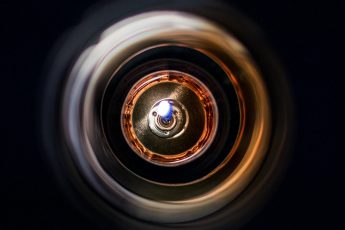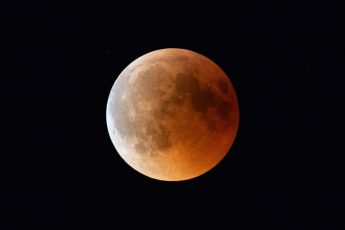Looking through a telescope is one of the most satisfying experiences in astronomy. You see your first planets and stars, and you can’t believe how tiny they are compared to the objects in our own solar system.
I have been using telescopes for more than 20 years, but as I get older my eyesight has changed so much that I can no longer use my larger refractors without wearing glasses or contacts. But don’t despair! There are plenty of other ways to enjoy the night sky without needing perfect vision or investing thousands of dollars on giant telescopes that won’t fit in your house anyway.
Find out which telescope is right for you.
- Determine what you want to see.
- Determine what you want to spend.
- Determine your skill level.
- Determine what size telescope you need.
- Determine what type of telescope is right for the kind of observing you want to do and your budget, as well as how it will fit into your lifestyle and home environment.

Understand the parts of your telescope.
- Telescope is made of a tube, a mount and an eyepiece.
- The eyepiece is the piece that magnifies the image. It’s usually marked in millimeters (mm), like 12mm or 25mm. The higher number indicates more magnification and larger field of view.
- The mount is the structure that holds your telescope steady as you look through it. Different telescopes have different types of mounts: altazimuth, equatorial or Dobsonian reflector style. Some even have multiple ways to attach them to tripods so they can be set up on uneven surfaces like grass or sand dunes if you’re camping under the stars!
- The tube is the part that holds both pieces together at one end while focusing light at another—it’s where most people put their hands when looking through their telescopes (though some companies do sell handles specifically designed for this purpose).
Set up your telescope.
Before you start using your telescope, there are a few things you should do. First, make sure that you find a flat, level surface to use as an observation point. Next, place your telescope on the ground, extend the tripod legs and attach the telescope to it by tightening down two knobs on either side of the tripod.
Once this is done, look through both ends of your eyepiece and adjust them if necessary so that they are aligned with each other; this way when you look through one end it will be exactly like looking through another (and not upside-down). Finally, squeeze a lever on one side of your eyepiece until it opens up wide enough for you to comfortably see through it (this may take some experimenting).
Pick a dark night to view the stars.
To get the best view of the night sky, you’ll want to pick a dark night. The best time of year to look at stars is during the winter because there are fewer clouds and less humidity in the air. It’s also easier to see bright planets like Venus when they’re low in the sky before dawn or after sunset.
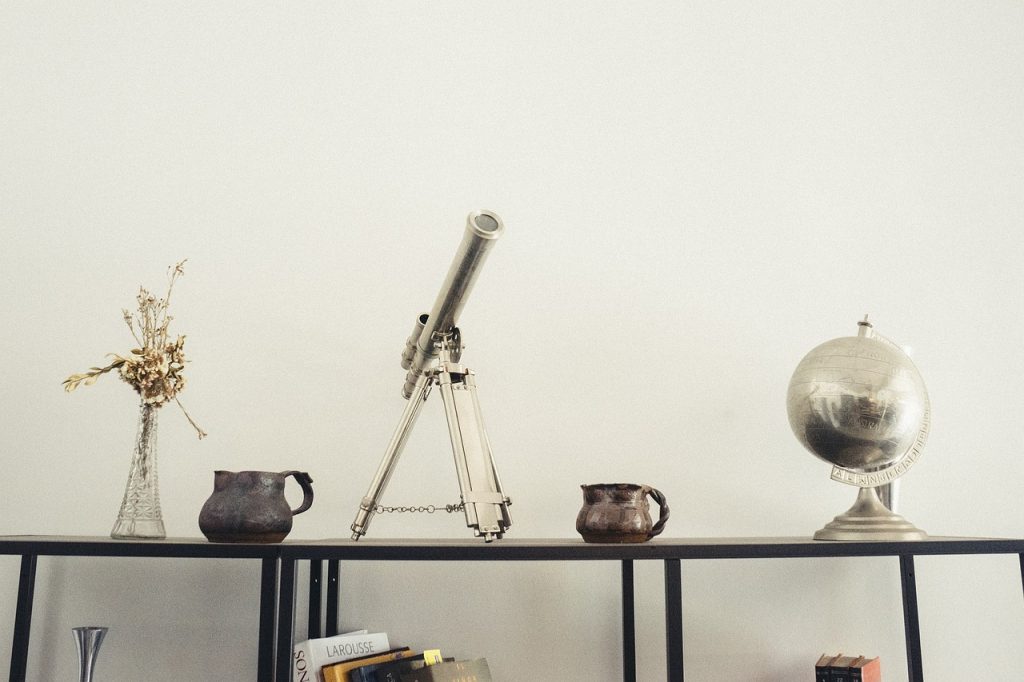
The most important thing about choosing a location for stargazing is that it’s dark enough! You can’t see much if there are bright lights nearby such as city lights, streetlights or even your neighbor’s porch light shining through trees into your yard. If you’ve got a telescope with an electric motor on it (called GoTo), then this isn’t as much of an issue since it will automatically search out new objects for you!
Another important point about choosing a location is its elevation above sea level: higher altitudes give you better atmospheric clarity since there’s less moisture in air at high levels than lower ones
Aim your telescope at a bright star.
Your telescope is now ready to use. Look through the eyepiece and focus on a bright star. You will see it appear as a disk, surrounded by a haze. The disk may have concentric rings around it (like Saturn’s rings). If you are lucky, you might even see sunspots on the face of the Sun!
You can also look for the planets in the sky using your telescope. Jupiter is a good one to start with; it will be high in the sky during summer evenings.
Try aiming at something else.
Once you have your telescope set up and operating correctly, try aiming at something else.
A good place to start is with a planet. Mercury or Venus will be visible in the early evening sky in January, but their maximum elevation above the horizon is less than 30 degrees. Mars (35% illuminated) will also be visible this month, although its disk is only 2″ across and thus requires a magnification of about 200x for decent viewing.
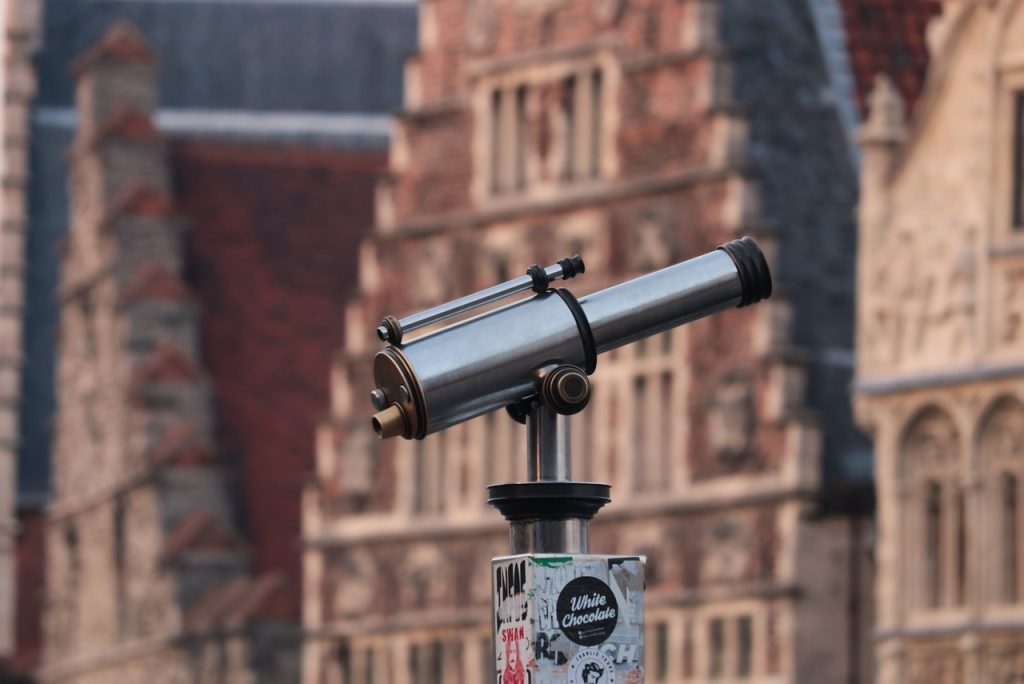
You may also want to give Jupiter (around 70% illuminated) a shot—its large size makes it easy to find and see even under light-polluted skies! Other celestial bodies that are easily observable during this time frame include Uranus (1% illuminated), Neptune (3%), Pluto (0%), Andromeda Galaxy M31 (2nd closest galaxy), Andromeda Galaxy M32 (third closest galaxy), Large Magellanic Cloud LMC (#11 LMC).
Astronomy is fun and rewarding, so get started!
Now that you know how to choose a telescope, let’s take a look at some of the things you can see with it.
The Moon
While you can use your telescope to see the moon in its entirety, many people are interested in seeing craters and topographical details. When viewing the moon with a small telescope, try focusing on one area before moving around to see what else is visible.
Planets
Planets are another popular target for amateur astronomers, especially Jupiter, which has four moons and often displays cloud bands across its surface.
- Venus also shows phases like our own planet Earth as it orbits around the sun;
- Mercury is too small and too close to be seen by most telescopes;
- Mars has polar ice caps that appear white against its red landscape;
- Uranus has rings that are visible in larger instruments but not smaller ones like those found in starter kits;
- Neptune doesn’t have any rings but does have clouds overlying blue oceans!
- Pluto was demoted from being considered a “real” planet back when I was still just learning about these things (and needing them), so now our solar system includes eight planets instead of nine.”
Conclusion
The first thing to do is find a dark location. This can be your backyard or a local park, but it should be away from city lights and other sources of light pollution. If you’re not sure where to go, check out this article on how to find dark skies near you! Now that we have our telescope set up, we need to choose an object in the sky for observation.
There are many different types of objects that we could look at with our telescope: stars (including planets), galaxies, nebulae and more! I recommend starting out with something easy like Jupiter because it’s bright enough so even if conditions aren’t perfect tonight it will still show up as little dots against the black sky background rather than just appearing as points of light without distinguishing features (which would make identifying them harder).

